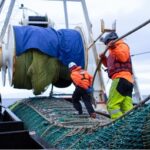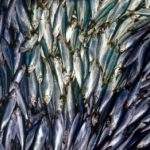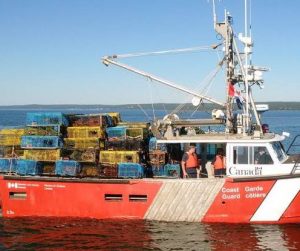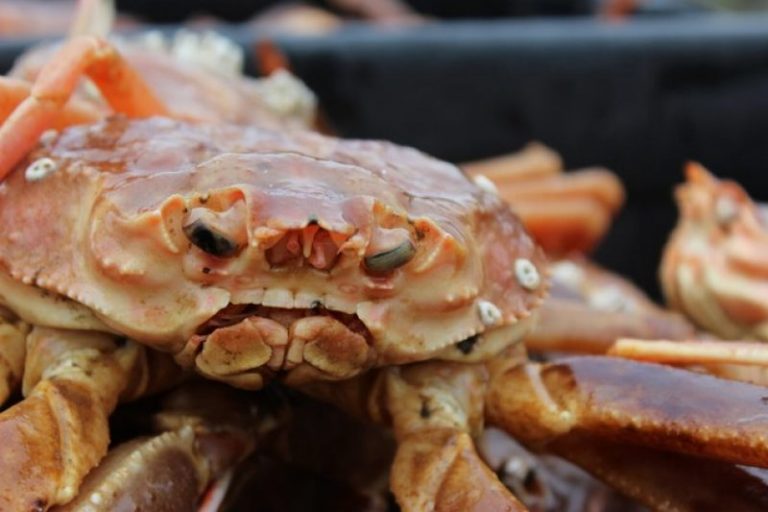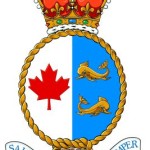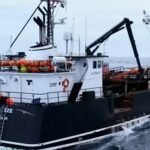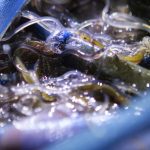Tag Archives: U.S. Department of Agriculture
Bailouts
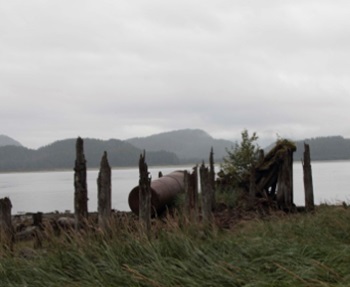 The Alaska Congressional delegation is singing praises for a new $100 million bailout of the state’s floundering commercial salmon processing business. In a joint statement from the office of Sen. Lisa Murkowski, the trio applauded the U.S. Department of Agriculture (USDA) move with the state’s senior Republican lawmaker tried to spin it as a new poverty program to provide “almost $100 million of Alaskan seafood for people experiencing food insecurity. “This purchase won’t just bolster Alaska’s seafood industry and support our coastal communities,” Murkowski was quoted as saying, “but will help bring the highest-quality and healthiest seafood products in the world to families in need. I am grateful for the USDA’s investment in our fishermen and the health of Americans.” There has been no actual “investment in our fishermen,” presuming she is talking about Alaska fishermen. But they may benefit from a deal that helps processors clean out some of their inventory before the upcoming fishing season. More, >>click to read<< 13:06
The Alaska Congressional delegation is singing praises for a new $100 million bailout of the state’s floundering commercial salmon processing business. In a joint statement from the office of Sen. Lisa Murkowski, the trio applauded the U.S. Department of Agriculture (USDA) move with the state’s senior Republican lawmaker tried to spin it as a new poverty program to provide “almost $100 million of Alaskan seafood for people experiencing food insecurity. “This purchase won’t just bolster Alaska’s seafood industry and support our coastal communities,” Murkowski was quoted as saying, “but will help bring the highest-quality and healthiest seafood products in the world to families in need. I am grateful for the USDA’s investment in our fishermen and the health of Americans.” There has been no actual “investment in our fishermen,” presuming she is talking about Alaska fishermen. But they may benefit from a deal that helps processors clean out some of their inventory before the upcoming fishing season. More, >>click to read<< 13:06

USDA will invest $52 million to help fishing industry on the West Coast
The struggling fisheries industry on the West Coast is getting a much-needed financial boost from the federal government. The U.S. Department of Agriculture announced it will buy $52 million worth of Pacific groundfish for its food assistance programs. The money is the USDA’s third and biggest investment in the fish in as many years. In 2021, the USDA purchased $16 million of groundfish, specifically rockfish, pink shrimp and whiting or hake, a fish that’s popular in Eastern Europe. It increased that to up to just over $30 million the following year. This year’s $52 million surpasses the $50 million in wholesale sales for those fish last year, according to the Oregon Department of Fish and Wildlife, which tracks fisheries in Oregon. >click to read< 09:50
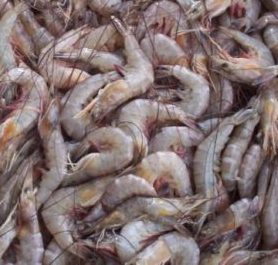
$4.2 million federal grant seeks to help Louisiana seafood processors recoup COVID losses
Louisiana will receive a $4.2 million federal grant to help seafood processors recover losses sustained during the ongoing COVID pandemic. It’s part of a $50 million allocation from the U.S. Department of Agriculture to about two dozen coastal states announced Monday. The aid comes from a $2.3 trillion bipartisan bill approved by Congress and then President Donald Trump in December 2020. It combined $900 million in COVID stimulus money with $1.4 trillion to fund various federal agencies. The USDA has not detailed specifics about how the latest aid will be distributed to seafood processors. >click to read< 08:32
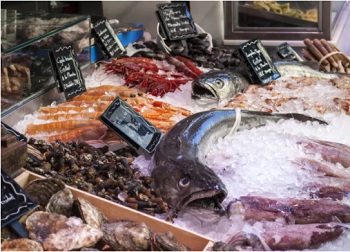
Deadline to Apply for Seafood Trade Relief Program Coming Up
“U.S. fishermen affected by retaliatory tariffs need to file an application for this program by Friday, Jan. 15,” said Richard Fordyce, Administrator for USDA’s Farm Service Agency (FSA). “We still have funding available, and these direct payments will help them recover from the effects of retaliatory tariffs on their ability to make a living.” STRP is available for the following types of seafood: Atka mackerel, Crab (Dungeness, King, Snow, Southern Tanner, Flounder, Geoduck, Goosefish, Herrings, Lobster, Pacific Cod, Pacific Ocean Perch, Pollock, Sablefish, Salmon, Sole, Squid, Tuna, Turbot. To apply, visit farmers.gov/seafood or call 877-508-8364. >click to read< 12:20
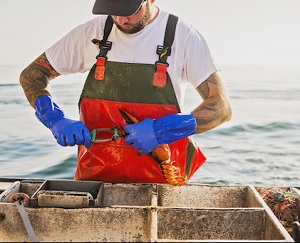
$36 million in trade relief awarded to Maine lobstermen
Maine lobstermen have been awarded a total of $36,284,110.12 to date to help offset the financial harm they have experienced due to China’s retaliatory tariffs, according to a news release. The funding has been provided through the U.S. Department of Agriculture’s (USDA) Seafood Trade Relief Program. Following a letter the Maine Delegation sent to President Trump in June 2019, the Administration issued a Presidential Memorandum that called on USTR and USDA to provide the lobster industry with the same form of financial assistance,,, >click to read< 08:50
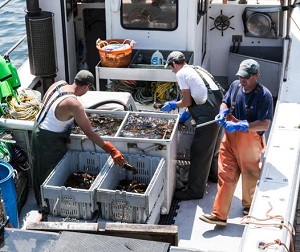
Seafood Trade Relief Program: Funding available for Maine lobster fishermen affected by China’s tariffs
Lobster fishermen have started applying for a portion of a $527 million relief program recently unveiled by the U.S. Department of Agriculture (USDA) to help offset losses incurred due to China’s new tariff policies. The Seafood Trade Relief Program (STRP) is paying 50 cents for every pound of lobster; in 2019, Maine landed roughly 100 million pounds. The Notice of Funds Availability notes President Donald Trump’s June 24 memorandum, “Protecting the United States Lobster Industry,” directs the USDA to consider appropriate action to provide assistance to eligible U.S. commercial fishermen whose business has been impacted by foreign government trade actions that have led to the loss of exports. >click to read< 08:11
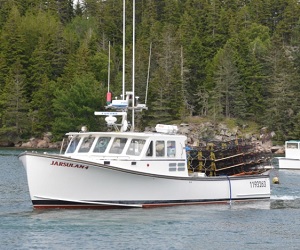
CARES Act: Lobstermen may get up to $50 million in pandemic relief funds
Whatever the relationship between China and the United States — particularly the lobster industry — may be, Maine lobstermen are certainly living in interesting times. Last week, a scant two months before the upcoming presidential election, the U.S. Department of Agriculture announced that it  would soon release some $530 million appropriated by Congress last March under the CARES Act to assist the U.S. seafood industry and fishermen damaged by retaliatory tariffs. Those tariffs have been imposed primarily by China and the European Union on imports of U.S. live and processed seafood. >click to read< 16:58
would soon release some $530 million appropriated by Congress last March under the CARES Act to assist the U.S. seafood industry and fishermen damaged by retaliatory tariffs. Those tariffs have been imposed primarily by China and the European Union on imports of U.S. live and processed seafood. >click to read< 16:58
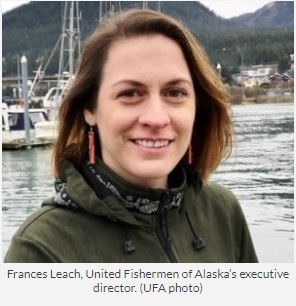
Seafood Trade Relief Program: USDA tweaks farm assistance program to fund fishermen hurt by U.S. China trade war
Jeremy Leighton is a dive fisherman based in Ketchikan. But it’s not just geoduck fishermen. Frances Leach heads up United Fishermen of Alaska, a fishing industry group. “China seems to be one of the biggest markets for a lot of our seafood products in Alaska. And not just buying them for consumption, but also processing. We send a lot of seafood over to China to be processed,” Leach said. Now, Leighton and thousands of other U.S. fishermen could be eligible for a new program designed to help fishermen hurt by the tariff on seafood. It’s an Agriculture Department initiative called the Seafood Trade Relief Program. U.S. Sen. Dan Sullivan said it’s a new twist on an old trade war strategy. “There have been long standing U.S. Department of Agriculture programs that provide relief to farmers, when their products exported are hit with retaliatory tariffs,” Sullivan said. >click to read< 10:21
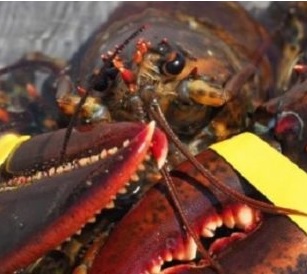
Trump Memo On Lobster Aid Leaves Industry Wondering What’s Next. How about a U.S.Fish Bill?!!
In a memo, the president urged Secretary of Agriculture Sonny Perdue to consider taking appropriate action “to provide assistance to fisherman and producers in the U.S. lobster industry that continue to be harmed by China’s retaliatory tariffs.” He also asked the secretary to consider including lobster and other segments of the seafood industry in future assistance to mitigate the effects of the tariffs. But none have heard details on what Perdue might do to offset the impact on the industry of Trump’s trade war with China. The U.S. Department of Agriculture is also mostly quiet. >click to read< 10:01 – A reminder from Sam Parisi to those interested in creating and implementing a U.S. Fish Bill – Greetings to all commercial fishermen, fish processors, equipment suppliers, politicians, and citizens, that are interested and supportive of creation of the U.S. Fish Bill. >click to read< 10:06

Alaska canned pink salmon purchased for food assistance programs
Millions of pounds of Alaska’s 2019 harvest of pink salmon is now earmarked for child nutrition and related domestic food assistance programs, thanks to a U.S. Department of Agriculture purchase of over $25 million in canned product from four processors. USDA officials announced on Sept. 20 the purchase of 442.3 million cases of one-pound tall cans of pink salmon for the federal agency’s food assistance programs,,, >click to read< 10:36
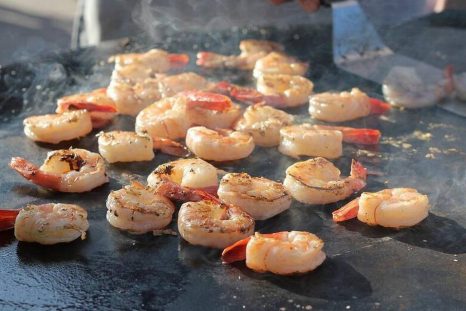
Report: Imported seafood often contains dangerous drugs
In 2015, about 90 percent of seafood consumed in the U.S. was imported from overseas, and about half of that comes from fish farms, according to the National Oceanic and Atmospheric Administration. The recent analysis released by the U.S. General Accountability Office found that some fish imported from other countries, including China, India and Vietnam, contain high levels of drug residue, yet few samples are ever tested. click here to read the story 12:04
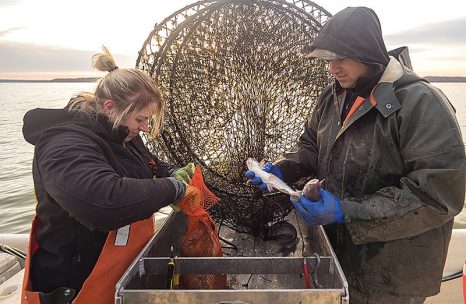
“Eat the Invasives” – New catfish reg threatens watermen’s livelihood, Chesapeake Bay
Richard Turner Jr. maneuvered his Carolina Skiff around Gunston Cove in the Potomac River, then hoisted a hoop net out of the water that he’d left there hours ago. Inside wriggled a 12-pound blue catfish. These mustachioed menaces have been eating their way through the Potomac River and the rest of the Chesapeake Bay for the last decade. They can grow to 5 feet long and weigh up to 100 pounds while gobbling up other commercially valuable fish, such as menhaden and blue crabs. Turner and a growing number of fishermen are turning the tables on these invasive predators. Spurred on by a burgeoning market and the lack of any harvest limits, the blue catfish commercial fishery has taken off. But a new federal regulation could disrupt what many see as one of the most successful “eat the invasives” campaigns in the country. Under legislation passed by Congress years ago to protect Mississippi’s farmed catfish industry from foreign imports, sales of any type of catfish, including these wild-caught in the Chesapeake region, will be subject to inspection by the U.S. Department of Agriculture. The requirement takes full effect in September. continue reading the story here 11:51
Voluntary plan to reduce fertilizers not enough to shrink Gulf’s ‘Dead Zone’, new study says
 Major voluntary strategies used on Midwest farmland to curb fertilizers that feed the annual low oxygen “Dead Zone” in the Gulf of Mexico don’t remove enough nutrients to succeed, according to a new, peer reviewed scientific study. The study, conducted by a team of scientists with the U.S. Geological Survey, U.S. Department of Agriculture and the Environmental Defense Fund,,. Read the rest here 21:39
Major voluntary strategies used on Midwest farmland to curb fertilizers that feed the annual low oxygen “Dead Zone” in the Gulf of Mexico don’t remove enough nutrients to succeed, according to a new, peer reviewed scientific study. The study, conducted by a team of scientists with the U.S. Geological Survey, U.S. Department of Agriculture and the Environmental Defense Fund,,. Read the rest here 21:39
USDA awards Gretna nonprofit a grant for commercial fishers, rural entrepreneurs
U.S. Department of Agriculture Deputy Secretary Krysta Harden this week awarded a $200,000 grant to a Gretna nonprofit for technical assistance to commercial fishers (fishermen) and other small rural entrepreneurs.,, The Gretna organization has aided more than 1,200 commercial fishers, processors and dock owners, primarily Vietnamese shrimpers, with the 2010 BP Horizon oil spill and its aftermath, along with other coastal disasters and everyday struggles. Read the rest here 11:11
Gulf Oystermen Harvest Support from D.C. Legislators and Organizations
 Over the course of four days, the oystermen met with more than 20 Congressmen or staff, as well as with the House Transportation Committee, the Food and Drug Administration, the Senate Labor Appropriations Subcommittee, the National Fish and Wildlife Foundation, the U.S. Department of Agriculture and the National Oceanic and Atmospheric Administration‘s new head of fisheries Eileen Sorbeck. Read more here 13:14
Over the course of four days, the oystermen met with more than 20 Congressmen or staff, as well as with the House Transportation Committee, the Food and Drug Administration, the Senate Labor Appropriations Subcommittee, the National Fish and Wildlife Foundation, the U.S. Department of Agriculture and the National Oceanic and Atmospheric Administration‘s new head of fisheries Eileen Sorbeck. Read more here 13:14





































